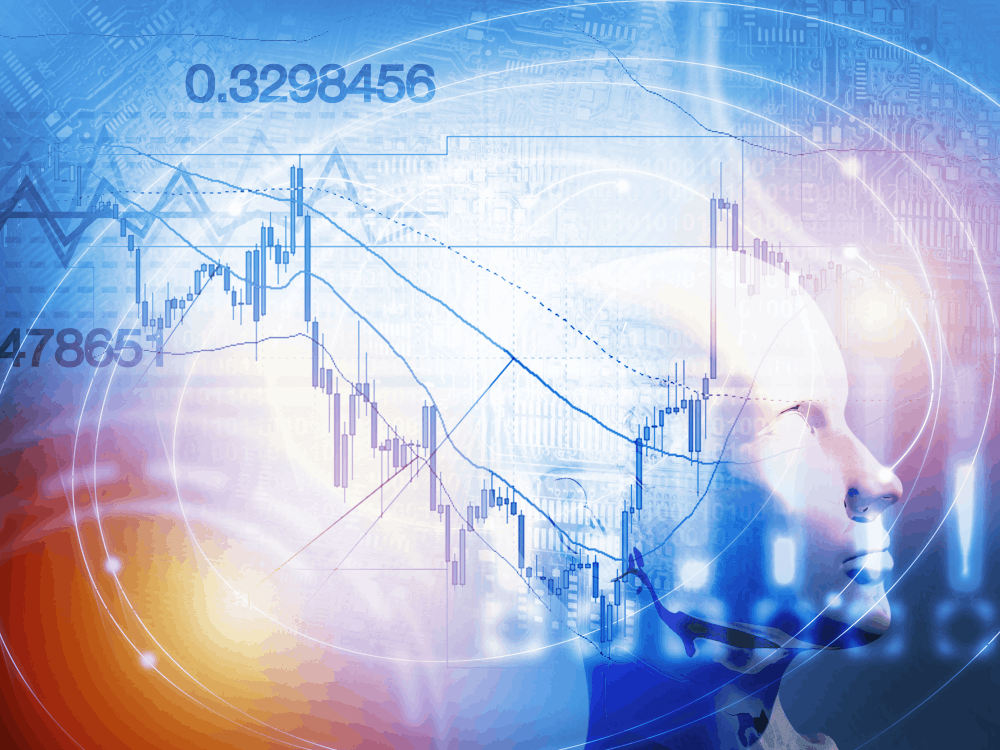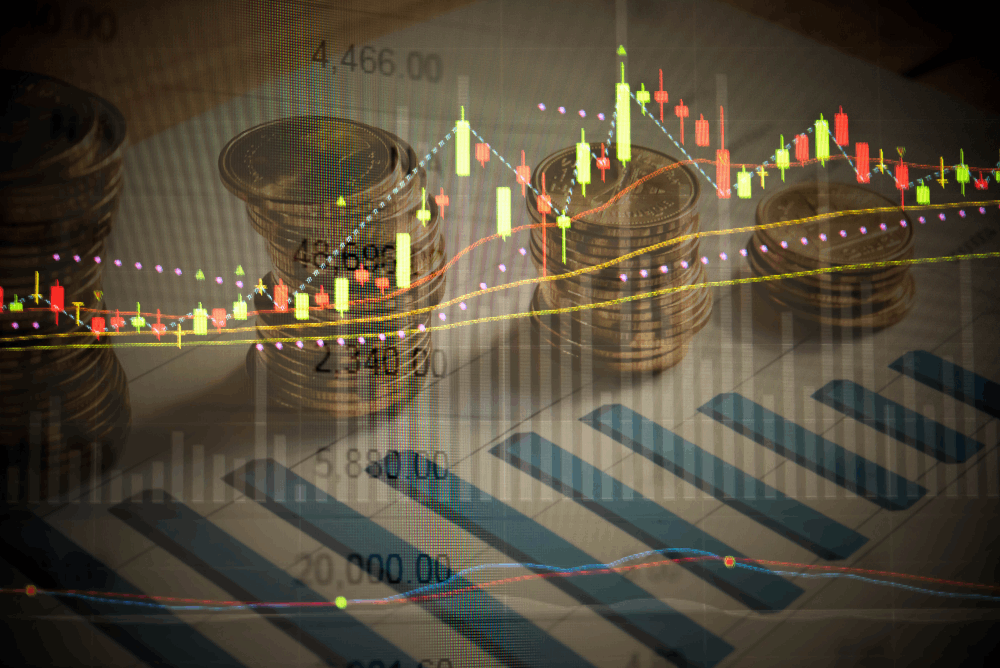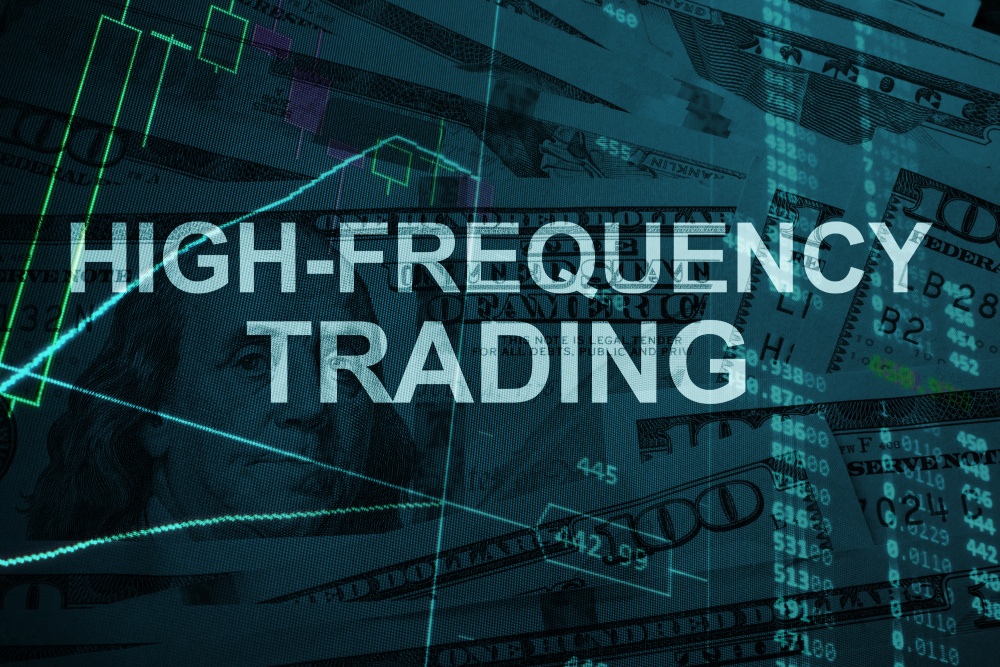What is leverage?
Leverage allows you to make bigger trades without actually having this amount as your initial amount, so with a small amount of capital you gain exposure to larger positions. Traders use leverage to significantly multiply the returns on their investment. It allows you to manage big volume on the amount placed.
The amount of leverage you are trading should be determined by what it is you are trading. Major currencies are usually traded with higher leverage than minor or exotic currencies who can be extra volatile at once. Therefore, leverage is very popular when it comes to forex trading. But here’s the thing, to decide on the amount of leverage you want to use, you need to also decide on the risk percentage that you can afford to lose on each trade, the maximum drawdown.
How does it work?
Suppose you have a $10,000 trading account and you can’t afford to lose more than 10% (1000$) so according to the target risk you set the risk of each transaction should not exceed 1%. So, for every loss, you will be losing $100 from your balance. This means that you’ll be able to trade 10 transactions/positions before you reach to your pre-set maximum risk limit.
it’s important to note that after suffering a loss, to get back to the same position, you must increase the percentage of capital.
Traders opt for leverage because it’s unlikely that the value of an asset or a currency pair (major currency pair) will dip to zero quickly. It is also easy to get higher leverage in forex pairs because they fluctuate much less than stocks and commodities. Brokers occasionally allow 30 to 1 but some brokers can go up to 1000.
To beginners with a low amount of capital, high leverage is not ideal, especially in very volatile markets there can be a substantial slippage making leverage even riskier. Even experienced businesses don’t really exceed 1.3 to 1 ratio.
In a different example, suppose you have 1:200 leverage option, to manage $500,000. The broker would only need $2,500 from your account. Meanwhile using a leverage ratio of 100:1 means you can enter a trade with $100 for just $1 in your account.
How to calculate leverage?
Position value/used margin = the leverage ratio
The minimum amount of money that a forex broker requires the trader to have in their account is called a margin. It is expressed as a percentage of the trade size. The margin sets the limit of margin in your account.
Pros of trading with high leverage
Leverage is attractive because its interest-free, so despite “borrowing” money from a broker, it doesn’t involve additional fees on the leverage chosen. And while the biggest advantage is higher profits, you don’t need a large capital. It can also be a remedy against low volatility, a small movement in price can become significantly important adding higher profits from small trades with low volatility.
Leverage can also expose you to trading in premium markets, making it possible to trade more expensive instruments. Magnifying opportunities.
Cons of trading with high leverage
However, Excessive leverage can have unfavorable outcomes and can be a liability for many especially those who are unable to pay back the principal amount.
Yes, leverage allows a trader to open high-risk positions with low capital but if a trader was unable to meet a marginal condition, the broker will prompt a margin call and other opened positions will be closed in which case the trader's account will be liquidated automatically.
Additionally, It’s the maximum leverage you will get only if you have the maximum margin. The margin sets the limit of margin in your account.
Leverage offerings
Frequent Leverage offerings include:
1:1
1:10
1:50
1:100
1:200
1:300
1:400
1:500
Newbie traders usually use 1:10 or 1:50 and not more in order to be managed well. Stoploss and breakeven should be the main focus as well. Some brokers also allow different options such as 1:888 or 1:2000.
The bottom line is leverage can be smooth sailing but only if practiced with caution. You should have a trading plan to use it as a proper tool, considering that it’s known as a “double-edged sword”.


